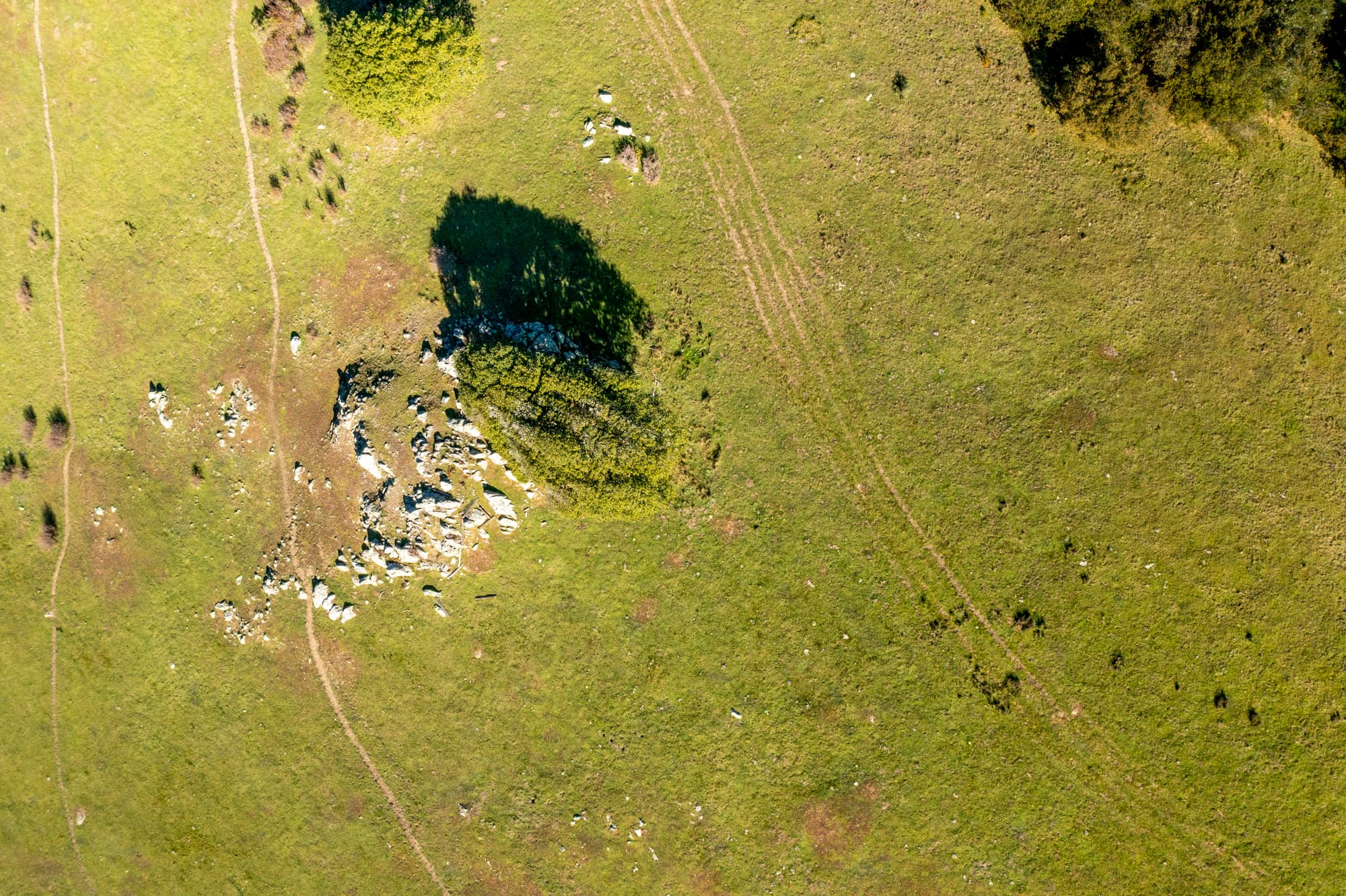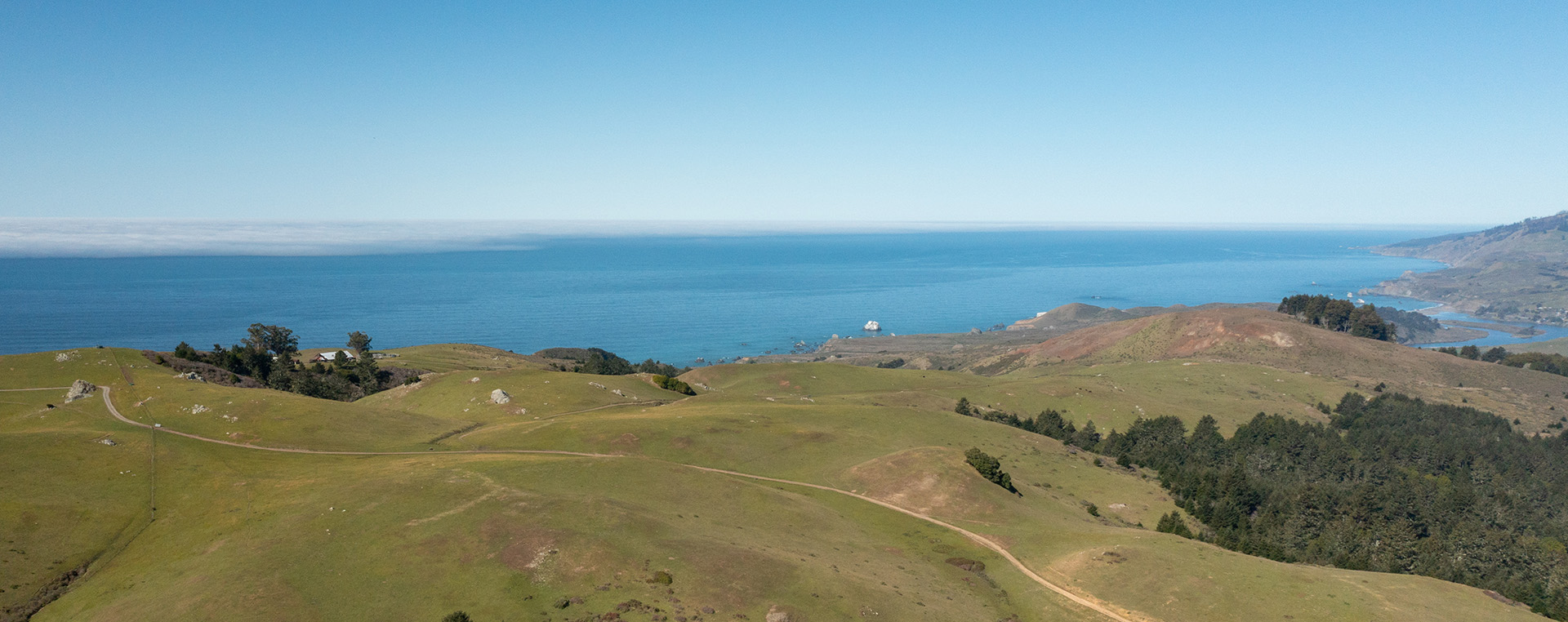Before a property can be opened to the public as a regional park and preserve, Regional Parks must complete a master plan to guide the development of trails, recreational and educational uses, and stewardship of the site’s natural resources. This process includes public outreach, including a survey, and extensive environmental review. Typically, this is a multi-year process, with key milestones every few months.
The Master Plan Process
A master plan creates a vision for development of infrastructure, recreational facilities, and other capital upgrades, natural and cultural resource protection and enhancement, and overall management of the park including public access programs and amenities. It also defines areas in a park for certain types and appropriate levels of public use or places with special protections.
The plan is developed using a standard process, usually over the course of several years, combining broad resident and stakeholder engagement with a data-driven technical analysis to identify community needs and biophysical considerations for each site. The resulting plan is used to guide future programming and development of the site.
Regional Parks will work with park staff, subject matter experts from other public agencies, researchers, and consultants to provide a complete picture of the property and the potential opportunities and constraints for the future park and preserve.
Public input is key to defining the community’s vision for an accessible park that provides equitable public access, protects and enhances sensitive habitat and manages fire risk.
The master planning process will include extensive community engagement to evaluate opportunities and constraints, comment on master plan alternatives, select a preferred master plan, and prepare an environmental permitting document and resource management plan for the park. During the master planning process, Regional Parks will conduct in-person surveys, online surveys, and host meetings to discuss the property. This website is the best resource for information about opportunities for the public to provide input.
Environmental Review
The master plan process includes environmental review in compliance with the California Environmental Quality Act (CEQA). The environmental document will identify, discuss, and include measures if needed to mitigate potential environmental effects associated with park implementation. The environmental analyses will evaluate potential environmental impacts such as:
- aesthetics and visual resources
- biological and water resources
- archaeological, historic, and tribal cultural resources
- transportation and public services
Regional Parks will solicit feedback and this website will be updated as additional information becomes available.

Project Timeline
Once the environmental review is complete and the park’s master plan is approved by the Board of Supervisors, we’ll begin to develop precise plans for the approved project elements and apply for permits prior to beginning construction.
After construction is complete, Wright Hill Regional Park and Open Space Preserve will be open to the public. While construction of some projects in the park may happen in phases, and based on available funding, it is Regional Parks’ priority to open this property to public access as soon as is safely possible, consistent with the Resource Management Plan, Conservation Easement, and Recreational Covenant (all available on the Documents page of this website).
To learn more and provide input, please contact Planner Karen Davis-Brown via email: [email protected]
2024
2025
2026

